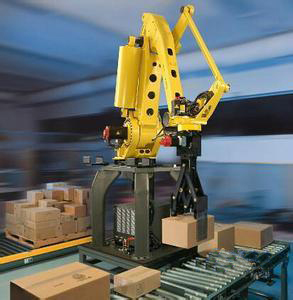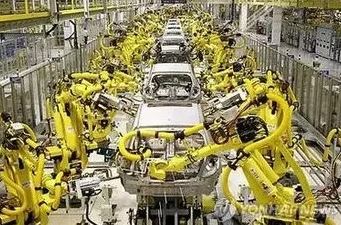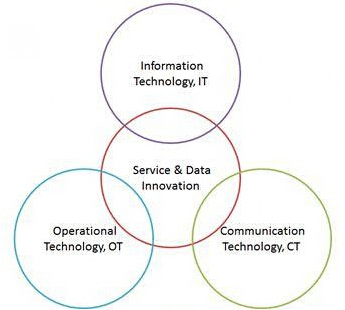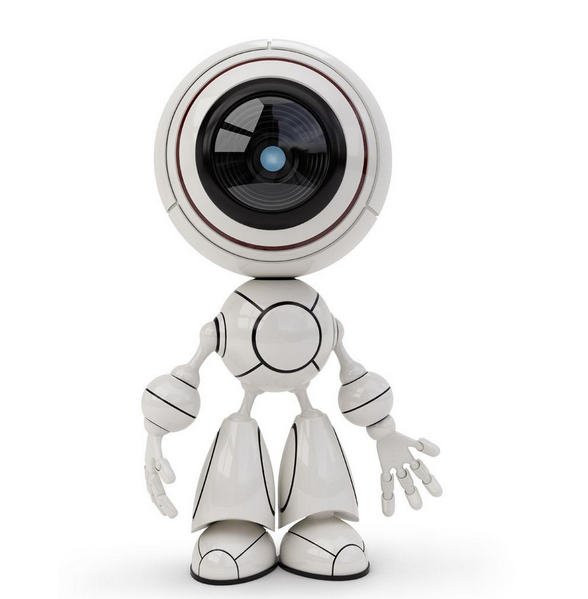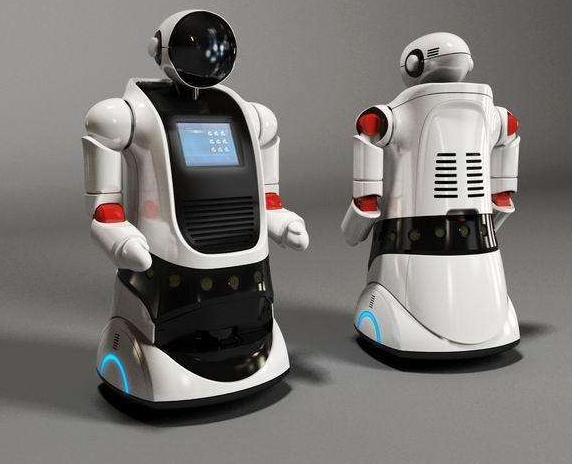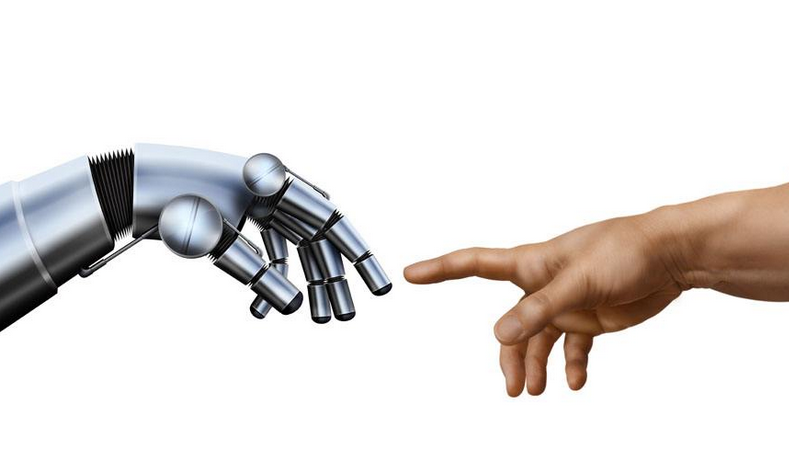Nowadays, robots have been widely used in restaurants, hotels, banks, and other major service venues.In complex personnel scenarios, it is a great challenge for robots to freely shuttle among crowds.This requires robots' autonomous positioning and navigation technology. Autonomous positioning and navigation technology is an important symbol for robots to achieve autonomous walking, and obstacle avoidance is the basis for autonomous positioning and navigation.It refers to the robot's perception of static or dynamic obstacles on its route planning through sensors while walking, The path is updated in real time according to the corresponding algorithm, and the obstacle is finally bypassed to reach the target point. How to solve the problem of robot obstacle avoidance?




The fusion of different sensors to extract the detection data more in line with the actual situation, the product form, the suitability of the use environment, and cost issues have to be considered.
Applicability to the use environment: each sensor has different characteristics.As far as lidar is concerned, if a lidar with a detection distance of only 10 meters is used in a large scene with a working environment that is far greater than 10 meters, it is obviously not suitable. Similarly, if the robot needs to work in a dark environment, it is not appropriate to only be equipped with a visual sensor that can only receive visible light.
Cost: Cost is the core factor restricting the popularization of positioning and navigation technology. When the selected sensor can well meet the above indicators, the cost is the standard that determines whether it can be finally selected. Historically, due to the high cost of lidar, it could not be finally applied in actual products. In recent years, the rise of domestic low-cost lidar has broken the phenomenon that my country has long been monopolized by foreign countries.
















 RCCN WeChat QrCode
RCCN WeChat QrCode Mobile WebSite
Mobile WebSite